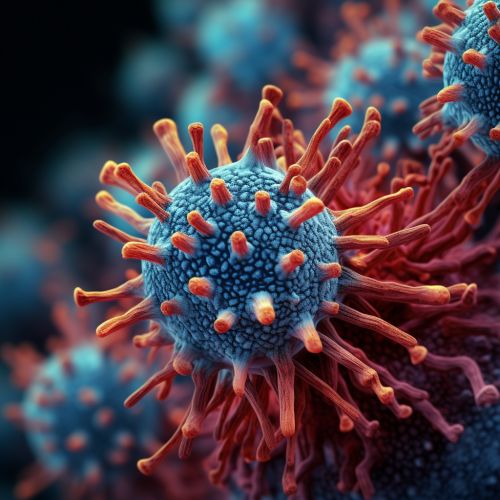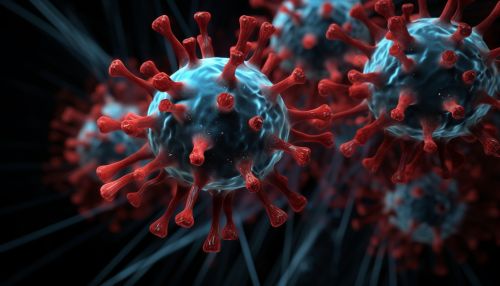COVID-19 pandemic
Introduction
The COVID-19 pandemic is an ongoing global health crisis caused by the severe acute respiratory syndrome coronavirus 2 (SARS-CoV-2). First identified in December 2019 in the city of Wuhan, Hubei province, China, the disease quickly spread worldwide, leading the World Health Organization (WHO) to declare a pandemic on 11 March 2020.


Transmission and Symptoms
COVID-19 primarily spreads through respiratory droplets when an infected person coughs, sneezes, talks, or breathes. It can also spread by touching a contaminated surface and then touching the face. Symptoms range from mild to severe and may appear 2-14 days after exposure to the virus. The most common symptoms include fever, dry cough, and fatigue, while severe symptoms can include difficulty breathing, chest pain, and loss of speech or movement.
Testing and Diagnosis
Diagnosis of COVID-19 is primarily based on symptoms, patient history, and RT-PCR testing of respiratory samples. Rapid antigen tests and CT scans of the chest are also used in some cases. Serology tests can detect antibodies and indicate a past infection but are not typically used for diagnosis.
Prevention and Control
Preventive measures include physical distancing, wearing face masks, hand hygiene, and respiratory etiquette. Control strategies aim to reduce transmission of the virus, maintain healthcare capacity, and protect vulnerable populations. These include widespread testing, contact tracing, quarantine of exposed individuals, and isolation of confirmed cases.
Treatment
There is no specific antiviral treatment for COVID-19. Management involves supportive care, which may include hospitalization, oxygen therapy, and mechanical ventilation in severe cases. Several vaccines have been developed and authorized for emergency use, and vaccination campaigns are ongoing worldwide.
Impact
The COVID-19 pandemic has had far-reaching consequences beyond the spread of the disease itself and efforts to quarantine it, including political, cultural, and social implications. It has led to widespread supply chain disruptions, economic downturns, and significant changes in healthcare delivery.
